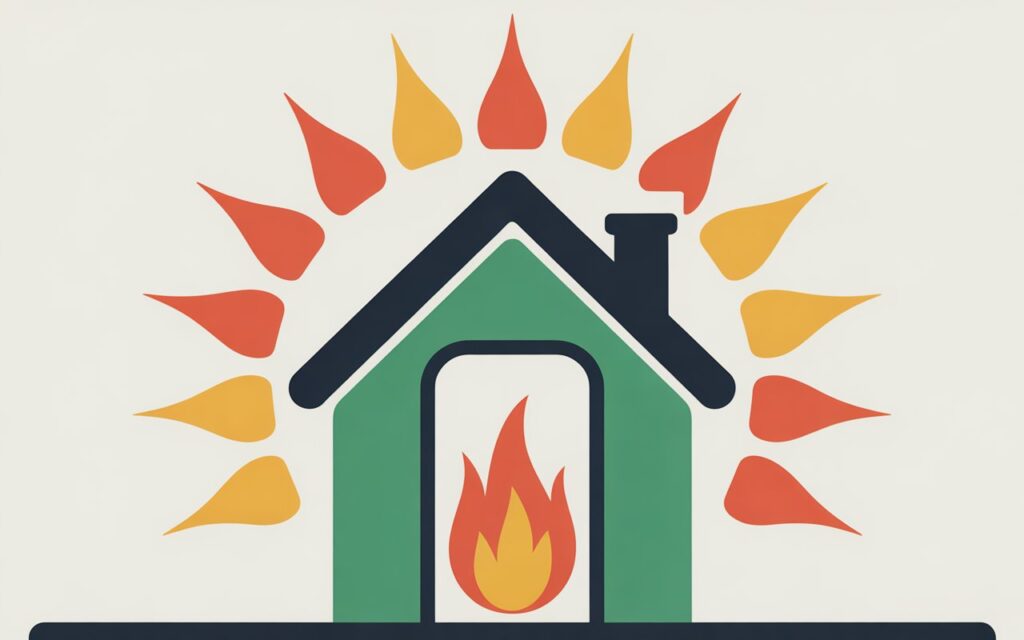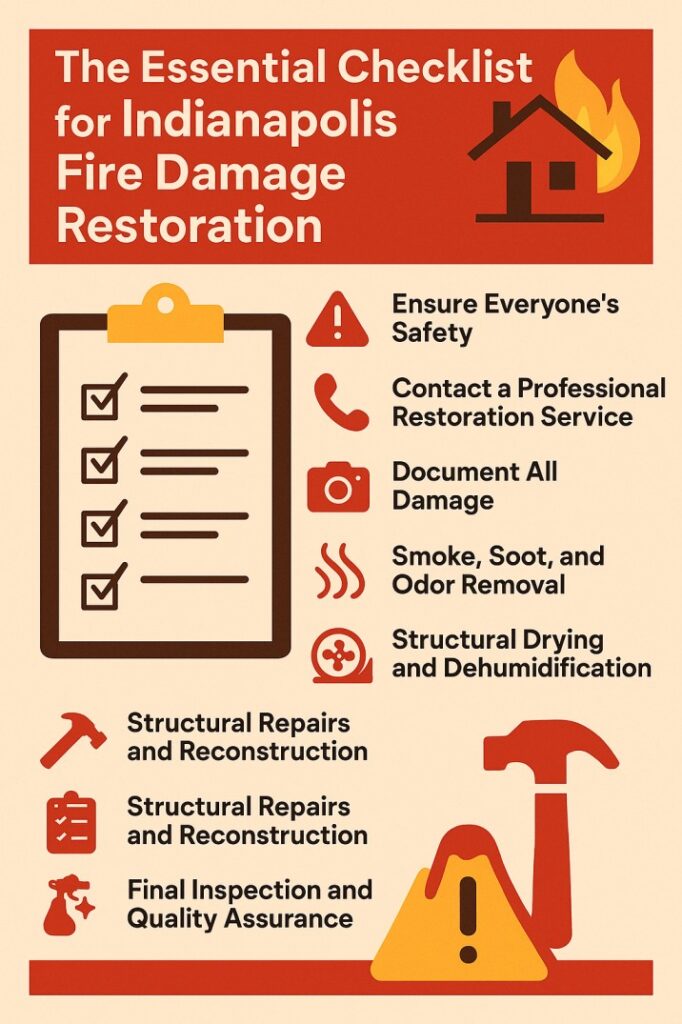Indoor air quality (IAQ) is a critical aspect of health and comfort in any home or office. The air we breathe indoors can often be more polluted than outdoor air, leading to a variety of health issues, from respiratory problems to allergies and even long-term conditions like asthma. One of the most common yet overlooked sources of poor indoor air quality is the HVAC system, specifically the air ducts. Over time, dust, dirt, allergens, mold, and other debris accumulate in these ducts, circulating throughout the indoor space every time the heating or cooling system is turned on.
Fortunately, duct cleaning is an effective way to improve indoor air quality and ensure a healthier environment for you and your family or employees. In this article, we will explore the importance of utah duct cleaning, how it can improve IAQ, and the steps involved in the process.
1. Understanding the Role of Air Ducts in Indoor Air Quality
Air ducts are an essential component of an HVAC (Heating, Ventilation, and Air Conditioning) system. They are responsible for transporting air to different parts of your home or office. The air that passes through the ducts can come from outside, be filtered and conditioned, or recirculated from inside. Over time, various pollutants can enter the duct system, including:
- Dust and dirt: Regular dust particles and dirt from the outside air can find their way into your ducts, where they can accumulate over time.
- Pollen: Seasonal allergens like pollen can easily settle in air ducts, contributing to allergic reactions when the system is turned on.
- Mold and mildew: In damp environments, mold can develop in the air ducts, leading to the release of spores into the air.
- Pet dander: For pet owners, animal hair and dander can build up in ducts and be distributed throughout the indoor space.
- Bacteria and viruses: In some cases, harmful bacteria or viruses may thrive in the moist, warm environment inside the ducts, posing a risk to respiratory health.
When the HVAC system is in use, these particles are pulled into the system and dispersed throughout the indoor air, affecting the air quality in your home or office. Regular duct cleaning helps prevent these contaminants from building up and ensures that the air circulating in your space is cleaner and healthier.
2. Benefits of Duct Cleaning for Improving Indoor Air Quality
Duct cleaning offers numerous benefits for improving indoor air quality. Here are the most significant advantages:
a. Reduction of Allergens and Irritants
Dust, pollen, pet dander, and other allergens are commonly found in the air ducts of homes and commercial buildings. When the HVAC system is in use, these allergens are blown into the air and inhaled by occupants, triggering allergic reactions, asthma, and other respiratory issues. By cleaning the ducts, you can significantly reduce the number of allergens circulating in the air, providing relief for people who suffer from allergies or asthma.
b. Removal of Mold and Mildew
Mold and mildew thrive in damp environments, and air ducts can be an ideal breeding ground if the conditions are right. When moisture enters the ducts, such as from leaks or high humidity levels, mold can begin to grow. As the HVAC system operates, mold spores can be released into the air, potentially leading to respiratory infections or other health issues. Professional duct cleaning can remove mold buildup and prevent future growth, improving the overall air quality in the home or office.
c. Prevention of Dust Accumulation
Dust accumulates in many parts of a building, but the air ducts are often the most significant collection point. If the ducts are clogged with dust, it can make the HVAC system work harder, reducing efficiency and leading to higher energy costs. Regular duct cleaning helps prevent dust buildup, improving system efficiency and reducing the need for frequent repairs.
d. Elimination of Unpleasant Odors
Unpleasant odors in your home or office can come from a variety of sources, including mold, mildew, pet dander, food particles, and cigarette smoke. These odors can get trapped in the ducts and circulated each time the HVAC system is used. Cleaning the ducts helps eliminate these odors, leaving the air fresher and more pleasant to breathe.
e. Improved HVAC System Efficiency
A clean HVAC system operates more efficiently, reducing energy consumption and prolonging the lifespan of the equipment. When dust, dirt, and debris accumulate in the ducts, the system has to work harder to circulate air throughout the building. This increased workload can lead to higher energy bills and the need for costly repairs. Regular duct cleaning helps ensure that your HVAC system operates smoothly, improving its efficiency and reducing long-term maintenance costs.
3. The Duct Cleaning Process
Duct cleaning is a detailed process that should be performed by a professional service provider with experience in HVAC maintenance. The cleaning process typically includes the following steps:
a. Inspection
Before any cleaning begins, a technician will inspect your air ducts to assess the level of dirt and debris buildup. They may use specialized cameras or other diagnostic tools to get a closer look at the ducts and identify any problem areas, such as mold growth or pest infestations.
b. Cleaning the Ducts
Once the inspection is complete, the technician will use a combination of tools and techniques to clean the ducts. Common methods include:
- Vacuuming: A high-powered vacuum with a long hose is used to remove loose dust, dirt, and debris from the ducts. The vacuum is typically attached to the ducts to create negative pressure, which helps pull the contaminants out.
- Brushes: Special brushes may be used to scrub the inside of the ducts, loosening any stubborn buildup. These brushes are typically motorized and come in various sizes to fit different duct sizes.
- Air Whips: Air-powered whips are used to dislodge dirt and debris from the ducts. The strong air blasts help loosen any stuck particles, which are then sucked into the vacuum.
- Chemical Cleaning: In some cases, technicians may use chemical cleaners or sanitizers to remove mold, bacteria, or other contaminants. These chemicals are applied carefully to avoid damage to the ducts and to ensure safety for occupants.
c. Cleaning Other Components
While cleaning the ducts, technicians will also clean other components of the HVAC system, including the blower, coils, and filters. These components can collect dust and debris, which can then be redistributed into the ducts. Cleaning these parts helps ensure the entire system operates efficiently and effectively.
d. Sealing and Insulating Ducts
After the cleaning is complete, the technician may recommend sealing any leaks in the ductwork. Leaky ducts can allow contaminants to enter the system, reducing air quality and system efficiency. Sealing the ducts ensures that only clean air circulates throughout the building. Additionally, insulation may be added to prevent temperature fluctuations and improve energy efficiency.
4. How Often Should You Clean Your Air Ducts?
The frequency of duct cleaning depends on various factors, such as the size of the property, the number of occupants, and whether anyone in the household or office has respiratory issues. However, most experts recommend cleaning your ducts every 3 to 5 years. If you notice any of the following signs, it may be time for a duct cleaning:
- Visible dust and debris in or around your air vents
- Increased allergies or respiratory symptoms among occupants
- Musty or unpleasant odors coming from the air vents
- Excessive dust buildup on furniture and surfaces
- Poor airflow from the vents
Blower motor cleaning is a vital part of HVAC maintenance that can significantly impact the efficiency of your system. The blower motor is responsible for pushing air through the ducts, circulating it throughout your home or office. Over time, dust, dirt, and debris can accumulate on the motor, causing it to work harder and less efficiently. This can lead to higher energy consumption, increased wear and tear, and even potential system breakdowns. Regular cleaning of the blower motor helps maintain smooth airflow, reduces energy costs, extends the lifespan of the motor, and ensures optimal HVAC performance.
5. Conclusion
Duct cleaning is a crucial step in improving indoor air quality, enhancing HVAC system efficiency, and maintaining a healthier living or working environment. By removing dust, allergens, mold, and other contaminants from the ducts, you can breathe easier and reduce the risk of respiratory issues. Regular duct cleaning helps ensure that your HVAC system operates efficiently, saving you money on energy bills and maintenance costs. If you’re concerned about the air quality in your home or office, consider scheduling a professional duct cleaning service to experience the many benefits of cleaner, fresher air.









